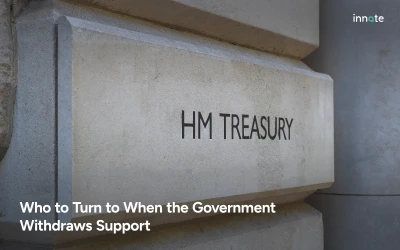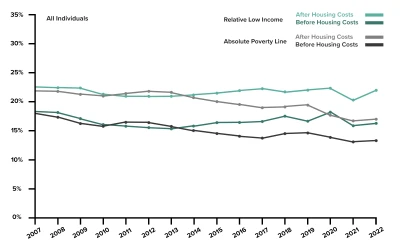
There now exists a pool of people (up to 9.4 million according to Trussell) for whom the cost of living has become high enough that they have to choose which of their core needs they are going to meet. Eating vs heating has become a rallying point, but even before that starkest of choices - other needs will have been sacrificed to keep radiators warm and the children’s bellies full.
(Not to mention that when all your income is spent on the cost of living - rent, food shop, utility bills, repeat - you’ve already waved goodbye to holidays, evenings out, cinema, school trips and other frivolities that make life enjoyable and many take for granted.)
There is a second pool of people who frequently set aside time to help out their fellow humans. The two pools are not mutually exclusive - it is often those with the least that are the readiest to help others. Everyday small kindnesses within neighbourly support networks make all the difference to individuals’ lives and these are sometimes formalised into charitable offerings such as communal meals at the local church hall, soup kitchens for the homeless and clothing banks for school uniform donations.
Add to this second pool the larger organisations, charities and community groups often run by public-spirited volunteers, that provide a sort of safety net, catching people at the margins of an overladen social welfare system and making sure they don’t get too hungry, or too lonely, or too cold.
Also within our (increasingly crowded) second pool there’s that creaking welfare system itself and its private sector offshoots: the criminally underpaid, overworked providers of health and social care that move heaven and earth to prevent an ever-expanding caseload from overwhelming them. (Needless to say, the very people making these regular visits to the elderly and the infirm are increasingly likely to be feeling the pressures of the rising cost of living themselves.)
The Innate Needs project is built around connection. Our aim is to bring together all organisations offering help and support in a single easy-to-navigate map. We have two categories of end-user in mind and they are the two pools we’ve broadly outlined above. The person living in poverty and the person offering support. We intend our map to be a godsend to the former and an extremely useful tool to the latter.
Imagine therefore a denizen of our second pool - could be a social worker, citizen’s adviser, food banker or a health clinician, or simply a good samaritan - who identifies a person in extreme need. Sure there may be a system in place whereby that person can be flagged for additional attention, added to another waiting list. But with the Innate Needs map - an updated shareable map of organisations offering help that can be called up on a smartphone - the support that is available right now in the local area can be signposted.
Take a look and see what’s available in your local area.


